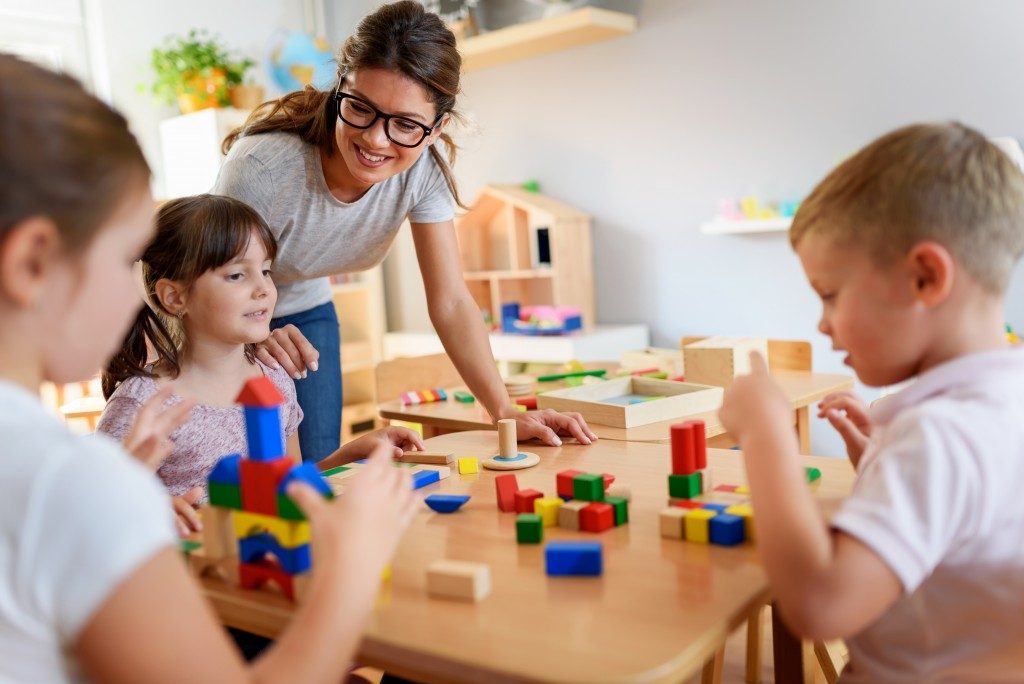Most parents are looking for an educational program suitable to the needs of their child. In a traditional classroom setup, the teacher is at the centre, and the student assumes a role as a recipient. As teaching-learning methods evolve, many child care centres in the Metford area are embracing the idea that students are responsible for their learning as well, and that they can construct their learning actively.
A Reversal of the Traditional Classroom Setting
When students are at the centre of the learning process, they do not work for goals determined by the teacher. They do not follow instructions given by the instructor step-by-step. The teacher does not exercise complete control in determining classroom activities. In most cases, the use of extrinsic motivators is not relevant to the goals of teaching and learning outcomes. While the work of the student is still evaluated, the teacher is not the sole evaluator.
Actualising a Child’s Potential with Clear Objectives
 In a child-centred approach, a child is expected to acquire a set of competencies to move forward. The main objective is all-around development in all aspects of performance. The approach enforces laws of positive discipline and basic human right, and it always insists on upholding the highest values. Upholding a child’s dignity comes first, and individuality is cherished and nurtured. To actualise a child’s potential, they must be nurtured in body, mind, and heart.
In a child-centred approach, a child is expected to acquire a set of competencies to move forward. The main objective is all-around development in all aspects of performance. The approach enforces laws of positive discipline and basic human right, and it always insists on upholding the highest values. Upholding a child’s dignity comes first, and individuality is cherished and nurtured. To actualise a child’s potential, they must be nurtured in body, mind, and heart.
The Characteristics of a Child-centred Approach
Perhaps one of the most important characteristics of the approach is a lack of discrimination. Ideally, the question of sex, caste, and socioeconomic status does not come up. Moreover, the individuality of a child is celebrated, by encouraging and supporting natural interests. A child’s limitations should be considered as well, and teachers must never lose sight of the fact that no child is alike.
Another key characteristic is to emphasise natural development and sensory maturation with activities that foster holistic development. Allowing a child the freedom to discover aspects of their environment they are interested in facilitates improvements in all domains of development.
Child-centred programs offer avenues for controlled competitiveness, which nurtures socialisation, adaptation and social-emotional responses. Through the use of games of problem-solving activities, a child’s cognitive and problem-solving skills grow exponentially. Without a curriculum that focuses on specific subject requirements, it becomes easier for a child to learn how to strategise effectively.
A Teacher’s Role
In this approach, the teacher must endeavour to understand each child—their individual needs and learning styles. Children progress at their speed, and a child’s needs and activities will influence how quickly they learn in an educational setting. A teacher must also endeavour to prepare activities that are experience-oriented, taking into consideration the many ways children learn about themselves and their environment.
Your child’s well-being is always a priority in a child-centred approach, and active learning processes are facilitated to boost active learning. Though there are some who question the effectivity of such measures, some parents are ready to take the road less travelled and use this new teaching-learning approach.
